Possui graduação em Física Teórico-Experimental (1998), Mestrado em Física Básica – Física Atômica e Molecular (2001) e Doutorado em Física Biomolecular (2005) (com período sanduíche no Centro de Investigações Biológicas, CIB/CSIC, Madrid, Espanha) todos pelo Instituto de Física de São Carlos (IFSC) da Universidade de São Paulo (USP). Realizou Pós-Doutoramento no IFSC/USP (2006-2007) e no Laboratório de Física dos Sólidos (LPS) da Universidade de Paris-Sud (Orsay/França) (2008-2009). Desde 2010 é docente da Física no Centro de Ciências Naturais e Humanas (CCNH) da Universidade Federal do ABC (UFABC) e responsável pela implementação de um laboratório de pesquisa na área de Física: Matéria mole e Interface Física-Biologia. Atualmente é Professor Associado Nível I da UFABC. Possui experiência na área de Física, matéria condensada, matéria mole, interface Física-Biologia e Biofísica atuando principalmente nas seguintes linhas de pesquisa: nanopartículas assistidas por proteínas, biomassa, estrutura, estabilidade e função de proteínas e outras biomoléculas. Para análises dos sistemas biológicos e interface Física-Biologia emprega as seguintes técnicas experimentais: espalhamento de raios X a baixos ângulos (SAXS), espalhamento dinâmico de luz (DLS), micro difração de raios X (DRX), espectroscopia de dicroísmo circular (CD), espectroscopia de fluorescência, calorimetria de titulação isotérmica (ITC), calorimetria diferencial de varredura (DSC) e microscopia eletrônica de transmissão (MET). É orientador de Mestrado e Doutorado.






